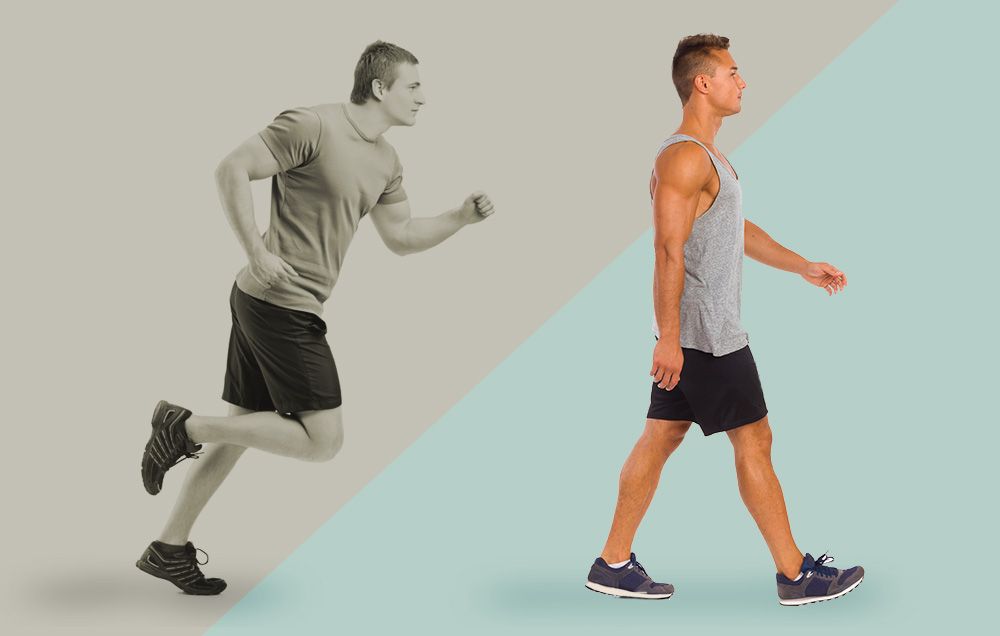
And That’s Rich Coming From Me……….A Runner?
By Neil O’Hanlon
Hey Folks, now I know that statement above is probably not what you’d expect to hear from me. Heaven knows I go on and talk about how much I love running and the benefits of it, BUT, studies are increasingly showing that a regular brisk stroll is more valuable long term than running. Scientists who looked at information from 33,060 runners and 15,945 walkers (specific I know but this stuff matters), found that walking can lower your risk of diabetes, high cholesterol, and high blood pressure just as much as running. It’s true that sometimes, running can cause a massive amount of stress on your body both hormonally and physically. I’m definitely guilty of being on the receiving end of this at certain points in my running career. Too much cortisol (stress hormone) flooding the inflammatory load is not always the best thing for health and fitness and can lead you down a very dark path if not addressed. For myself this resulted in a rare Auto-immune Disease. Anyway let’s get back on topic. The British Heart Association did a study and found that walking is just as good as running when it comes to lowering your risk for heart disease. Another thing I was glad to hear, was that they measured exercise by time, not distance which is something I’m a big advocate of. Check out my blog article on this. Along with this, walking can be a cheaper option without buying all the new fancy super shoes, as walking is something you can do anywhere, anytime, with no equipment other than a half decent pair of shoes. It’s also easier on your joints than running and gym classes which can lead to injury as the intensity can be too much for some people. Studies still say it is walking that beats all else, you can carry on walking well into old age.

You Don’t Stop Walking Because You Get Old, You Get Old Because You Stop Walking…..
Practice Fasted Walking For Maximum Fat Loss
I’m a big fan of fasted workout’s as I’ve explained in other articles. It’s all about the fat burning effect and when this comes into play. A walk before eating anything offers big advantages because you wake up each morning having used up all of your body’s main fuel which is blood sugar during the night. If you walk before you eat anything to replenish your sugar supply, your body has no choice but to start burning a whole lot of stored fat as fuel. Basically, a pre-breakfast walk kicks your metabolism into action: A study found that exercising on an empty stomach immediately doubles fat burning compared to exercising after a meal. Better yet, separate research shows that pre-breakfast walkers set themselves up to burn as much as 87 percent more fat than their sedentary counterparts. And it doesn’t matter if you only have time for a super quick fasted walking session. The slimming boost continues even after you sit down as long as you don’t eat straight away.

This has the potential to increase daily energy, improve sleep and most significant of all it has been proven to reverse type 2 diabetes and other chronic illnesses
Why Does Fasted Walking Work?
Ok, a little bit of the science. The idea behind this form of cardio is that after a night of fasting your glycogen stores (which is where carbs are stored in the body for later use in the cells in the form of glycogen) will be empty, and your body will resort to burning stored fat instead. Our bodies have the wonderful ability to adapt to what’s available. When we regularly exercise after our supply of stored blood sugar is depleted, our muscles ‘learn’ how to use fat as energy. Studies show that our muscles actually begin producing more fat-burning compounds. So if you make walking before breakfast a habit, you train your muscles to burn fat. And once that happens, you can indulge in a little of that chocolate cake you bought for the weekend as your fat metabolism stays elevated. Another amazing thing that happens is your stamina increases nicely because you’re powered by an almost unlimited energy drawn directly from your fat stores. Our cells are able to deliver large amounts of oxygen to the muscles and thus, potentially burn more fat. It can also trigger a set of hormonal changes that can promote muscle gain as well as increased fat loss. It’s a win, win situation.

This is a trick proven to crank up metabolism and speed up fat burning, then keep it going all day. It gives you big pay-offs with little sacrifice
What Should You Eat After Your Fasted Walk?
While a pre-breakfast walk increases fat burn no matter what, the right post-walk meal will also enhance results. The secret is to choose more protein and fat over carbs. This keeps blood sugar low. It also helps build more metabolism-boosting muscle.
Fasted walking has exceptional weight loss, energy, and mental health benefits.
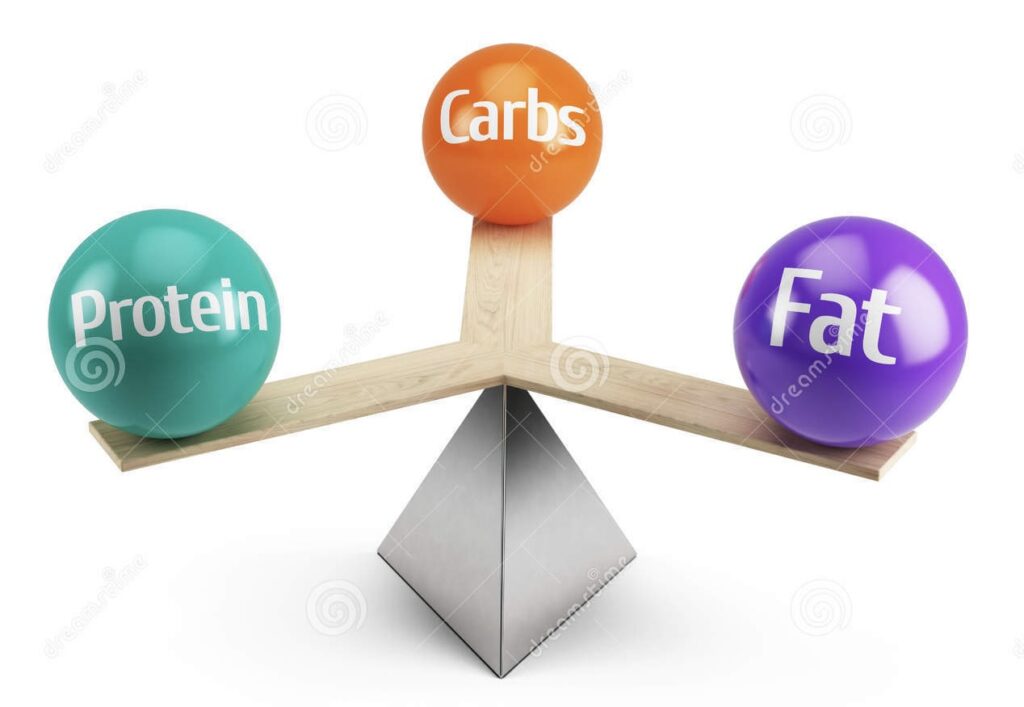
Why Brisk Fasted Walking Is Better Than Running?
Ok, so we’ve talked about walking in fasted state but the other key word here is ‘brisk’. In a new study, which looks at activity tracker data, walking at a brisk pace for about 30 minutes a day led to a reduced risk of heart disease, cancer, dementia and death, compared with walking a similar number of steps but at a slower pace. The fact is, walking at a lively pace of at least 150 minutes a week can really pay off. It helps you think better, feel better, sleep better and reduce symptoms of depression, and in this day and age who doesn’t need that. Brisk walking also helps reduce your risk of other serious diseases like strokes, type 2 diabetes and several types of cancer including breast and colon, not to mention it also Improves your blood pressure, blood sugar and blood cholesterol levels. A daily brisk walk can really wake you up and increase energy levels, and improve mood.
Is Brisk Walking The Super Pill We’ve All Been Looking For?
40 years of studies on exercise and belly fat, found that just 150 minutes of brisk walking a week–about 20 minutes a day–can shrink your belly by about 1 inch in 4 weeks.
Why Is Fasted Brisk Walking Better Than Running For Weight Loss?
Firstly, walking is much easier, especially for those with a lot of excess weight to lose, which means it’s more sustainable and enjoyable. On the other hand, running, specifically when you’re doing too much running or overtraining, can be really tough on your bones, joints and muscles. Let’s put it bluntly, running improves your health more efficiently than walking does and has greater health benefits per time invested. But even a small amount of running carries more injury risk than walking. And a lot of running (i.e.marathon training) can be really harmful, look at the amount of long distance runners that suffer heart disease due to coronary plaque that builds up over time. I myself have suffered with ‘Atrial Fibrillation’ all as a result of too much running. The same is never true for walking. Let’s be fair, physical activity doesn’t need to be complicated. Something as simple as a daily brisk walk really can help you live a much healthier life and lose significant amounts of body fat. It’s true: Walking can actually help firm and flatten abs and one of the most effective ways to reduce belly fat is to regularly take part in aerobic exercise, such as walking. In one small study, women with obesity who walked for 50–70 minutes three times per week for 12 weeks all managed to reduce their waist circumference and their body fat percentage. Brisk walking is one of the simplest ways to burn off extra calories and ultimately prevent the creation of belly fat. It’s simple, and one of the easiest ways to get more active, lose weight and become healthier. Sometimes overlooked as a form of exercise especially to the intense H.I.I.T. brigade, walking briskly can help you build stamina, burn excess calories and make your heart healthier.
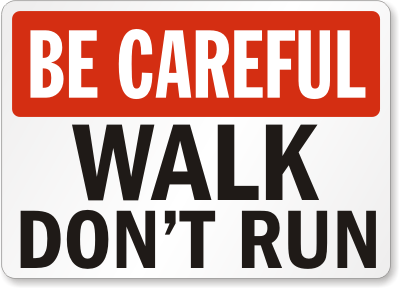
However, unless you know how to make a few minor but wholly effective adjustments to your walking routine, you may miss out on a fantastic opportunity to whittle away some of your belly bulge. It has to be brisk enough to kick start the fat burning process but not so brisk you end up injured or overtrained.
How Long Does It Take To Transform Your Body By Fasted Brisk Walking?
I reckon after 3-4 days of brisk walking, you’ll notice a slightly “better fit” or more room in your clothes. After 7 consistent days of walking real changes are happening. You’ve started to use body fat as energy (fat burning), and your muscles feel more toned. Brisk walking for 30 minutes, four to six times a week will help tone your thighs, firm up your bum and reduce your waist.
Does walking reduce cellulite?
Walking for at least thirty minutes five times a week will cause you to drop pounds, lose inches and diminish cellulite in a much shorter time than you may think.

Just 30 minutes every day can increase cardiovascular fitness, strengthen bones, reduce excess body fat, and boost muscle power and endurance. That’s 30 minutes well spent in my opinion.
What ‘No Exercise’ Does To The Body?
Ok, in the name of balance, we all know the benefits of getting enough exercise and to be honest we probably all know what happens if we don’t get enough exertion in our lives. But, If we don’t get enough physical activity, this can lead to chronic heart disease, even for people who have no other risk factors. It can also increase the likelihood of developing other heart disease risk factors, including obesity, high blood pressure, high blood cholesterol, and type 2 diabetes. It’s almost impossible to be healthy whilst being constantly sedentary, or at least in an absence of exercise. This is a risk factor for basically every single metabolic disease going like heart disease, lung disease, diabetes, dementia and Alzheimer’s. Being sedentary for long periods of time during the day can lead to problems associated with obesity and so many other health-related illnesses. For this reason, adopting a routine that involves multiple walking sessions per day instead of just one can be even more beneficial.
Why Walking Is The Best Midlife Exercise?
This is a big statement, but regular walking could halve the number of people over 40 who fracture their hip.
How Fast Should I Walk To Burn Fat?
I’m always weary when people ask me how fast they should be walking, but the fact is, speed matters when walking for fitness and fat loss. I would advise walking briskly at a 3 to 3.5-mph pace, in layman’s terms this means walking a mile in 17-20 minutes which should be pretty do-able for the majority of people. Slowly increase the time you walk per week until you are able to walk 30 minutes per day, ideally six days per week consistently. If you’re walking for your health, as mentioned above, a pace of about 3 miles per hour (or about 120 steps per minute) is about right. That’s a 20-minute mile. To walk for extra weight loss, you’ll have to pick up the pace to 4 miles per hour which is a 15-minute mile. If your covering between 1.5-2 miles walking briskly for 30 minutes, you’re doing well. Walking comes under the moderate-intensity exercise category, so you should aim to walk anywhere between 30-90 minutes total.
Does walking build muscle?
Yes, walking strengthens bone, muscles and joints. Practicing brisk walking as a daily exercise routine builds major muscle strength and endurance.
Taking regular, brisk walks could be an effective strategy to reduce body fat and belly fat.
Can You Tone Your Whole Body Just By Walking?
Yes you can, aerobic activity like walking is one of the best exercises you can do and can tone more than just your legs. In fact, it can help you get a flatter stomach and firmer glutes too. Incorporating a few movements and exercises into your walking motion with your arms will also tone your biceps and triceps. If you need to have more defined arm muscles, walking activities will come in really handy. To achieve this, you need to focus on using those target muscles while you walk. Tighten and squeeze your glutes and gently draw in your waist while you walk. Walking is predominantly going to be working your lower body, and mainly stimulating your quadriceps, hamstrings, glutes, calves and hip adductors, as well as your spine and abdominal muscles, which all have a significant role in stabilising your trunk as you move forwards. But take note: you’ll only see real results if you go interval walking regularly at a brisk pace.
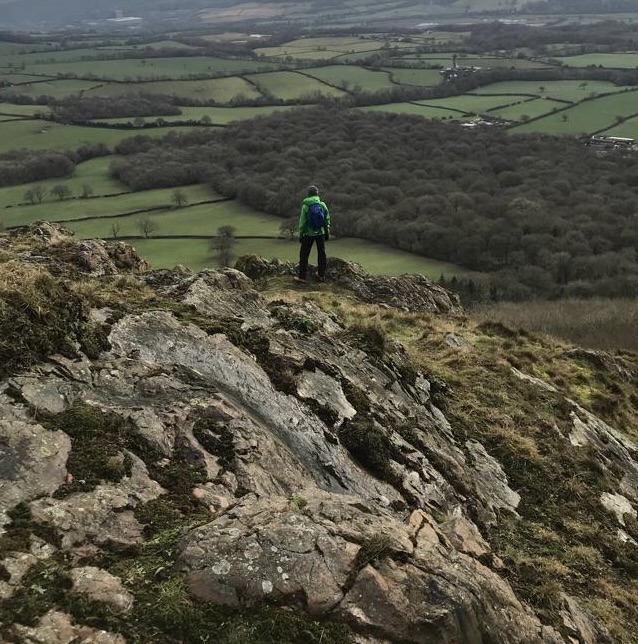
Are Multiple Short Walks As Good As 1 Long Walk?
In short – yes! Shorter walks are just as good as longer walks for fitness. In fact, it may even be more beneficial to work in short bursts of activity during your day. For example, Walking for several shorter periods of time that added up to 30 minutes per day has been shown to be just as effective as taking one long walk
Should You Walk Every Day Or Take A Day Off?
Yes, it’s true that walking too much without proper rest can cause old injuries to flare up, like a bad knee or a sore lower back. However, unlike running where there is 3 to 4 times the impact force on the legs, walking has much less potential to cause injury so I believe that walking everyday should be fine for everyone.
Does walking reduce breast size?
Now, obviously this doesn’t apply to everyone but if that’s your goal then regular exercise can help shed chest fat and strengthen the muscles underneath the breasts to reduce their size. Because the breasts contain a portion of fat, focusing on cardio and high-intensity exercises can help shed weight faster and target problem areas.
The Take-away
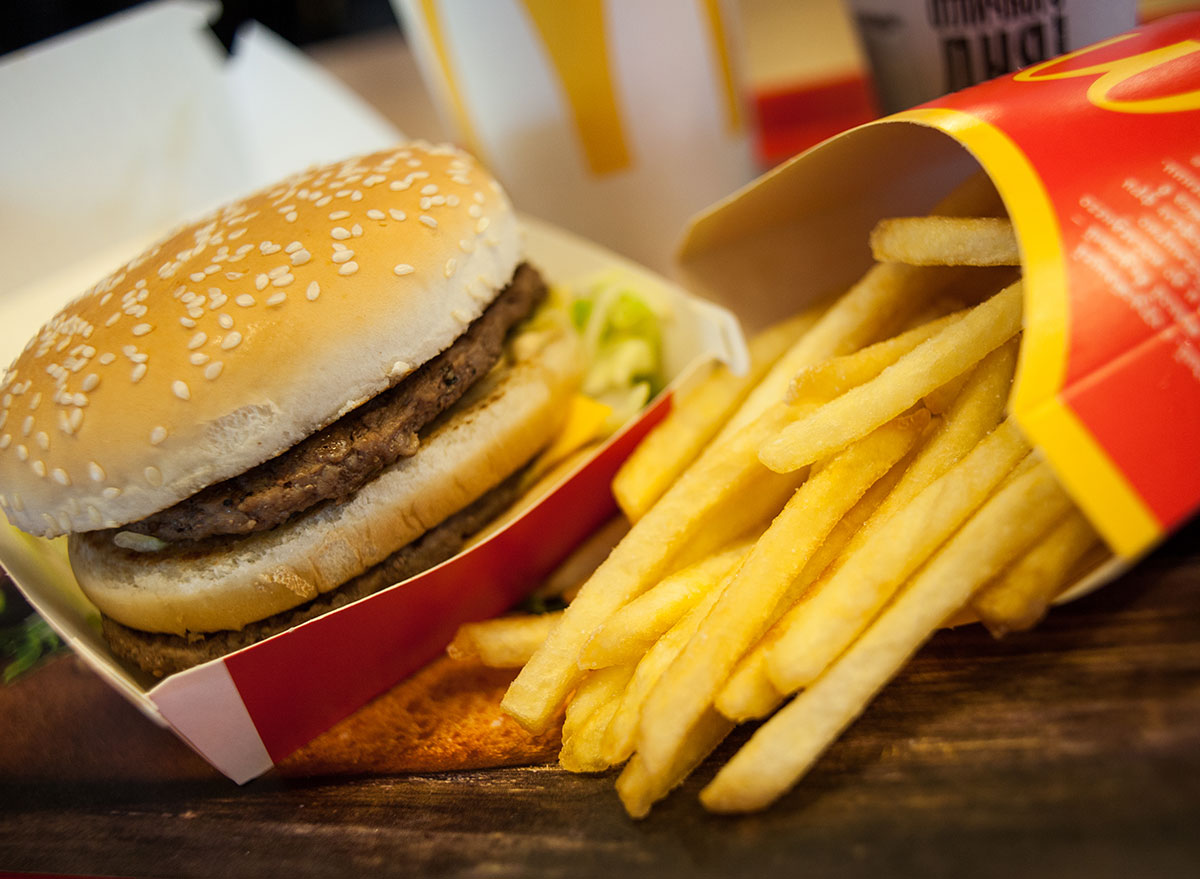
So there we have it. Walking is just as good as any other form of exercise including running. The guidelines are 150 minutes of moderate activity or 75 minutes of vigorous activity a week. It doesn’t really matter how you get that. You can walk, you can swim, you can run, but either way walking is a good all round option.
